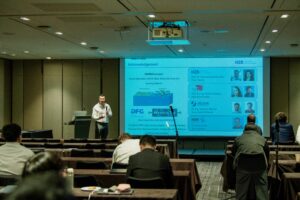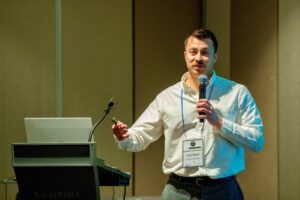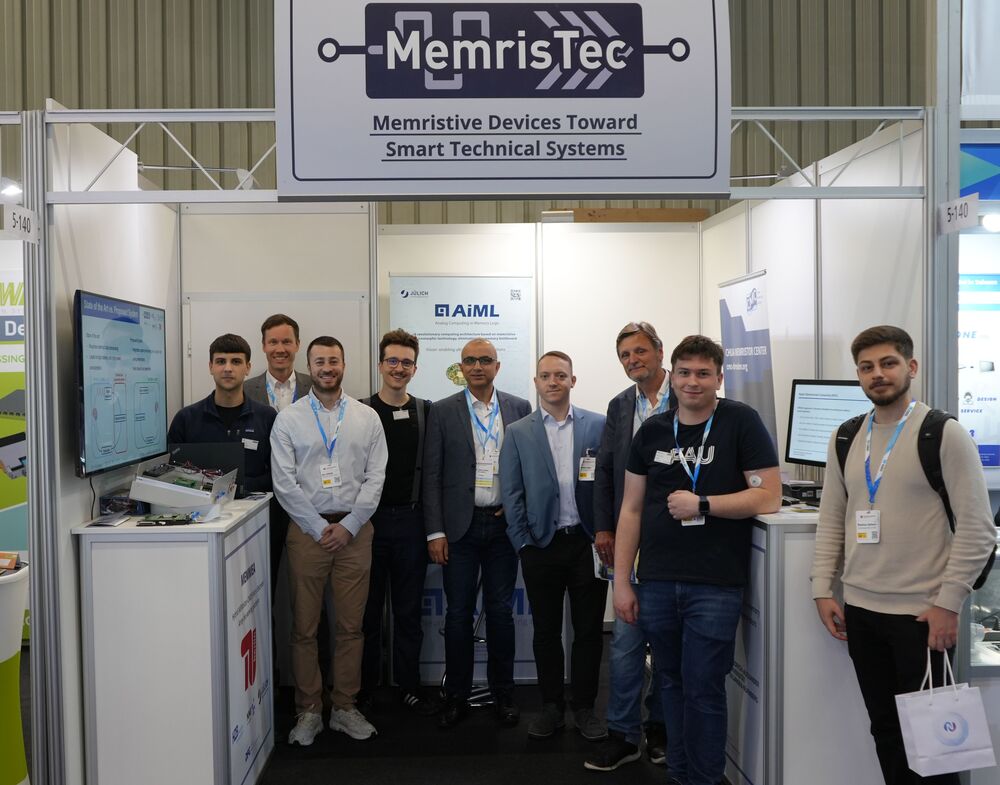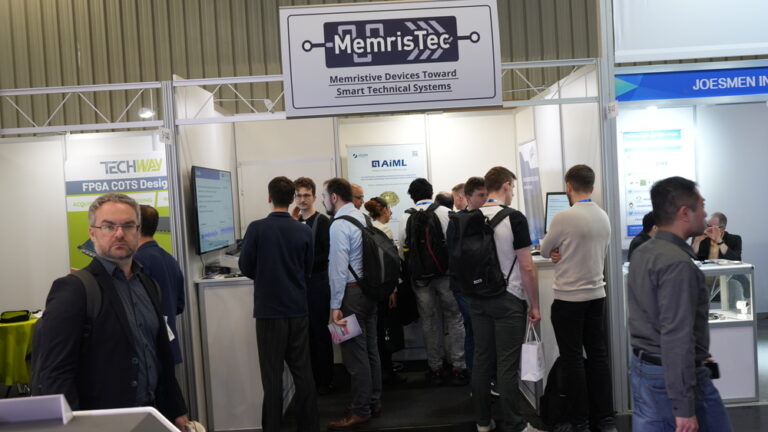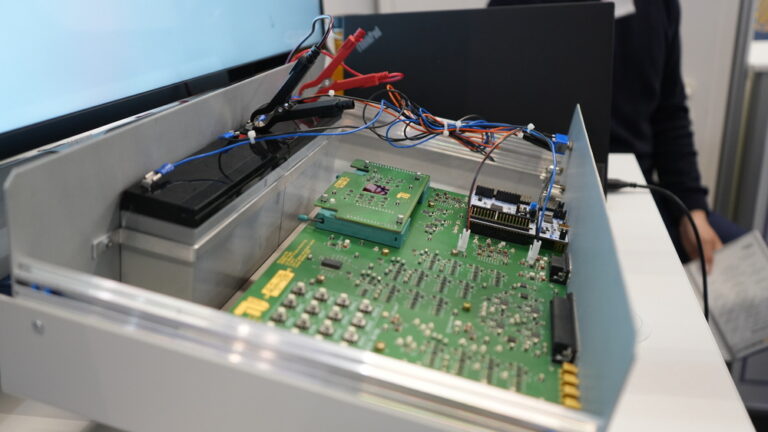Science knows no gender, and we believe that diverse perspectives are essential to driving innovation and solving the world’s most pressing challenges. MemrisTec is dedicated to create opportunities for scientists from all genders to explore, learn and shape the future of computing.
💡 To all the young women out there dreaming of careers in STEAM: You belong in science, and your contributions will shape the world.
Let’s work together to ensure that every girl knows she can be a scientist, an innovator, and a leader in her field. 🌱✨





